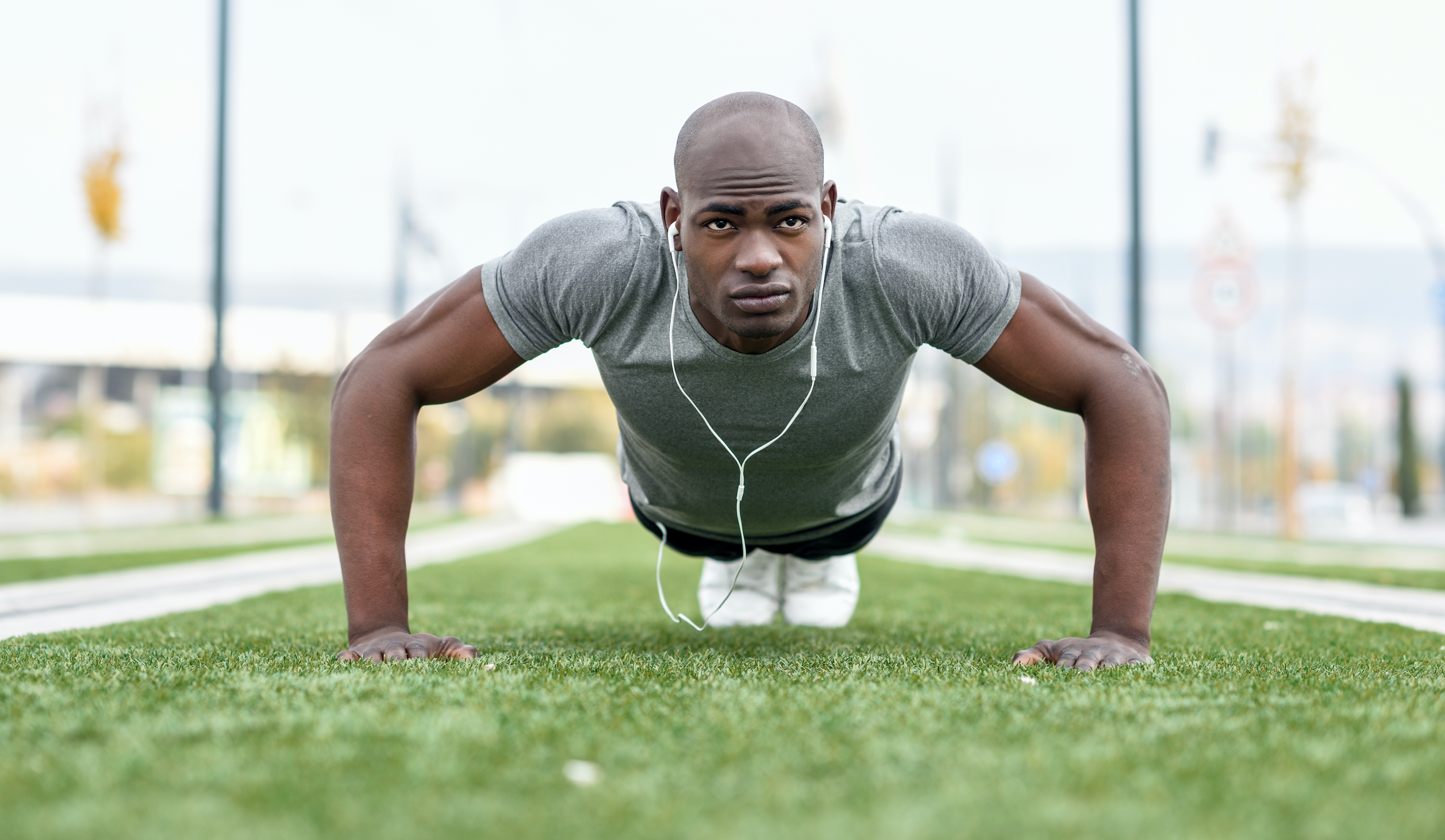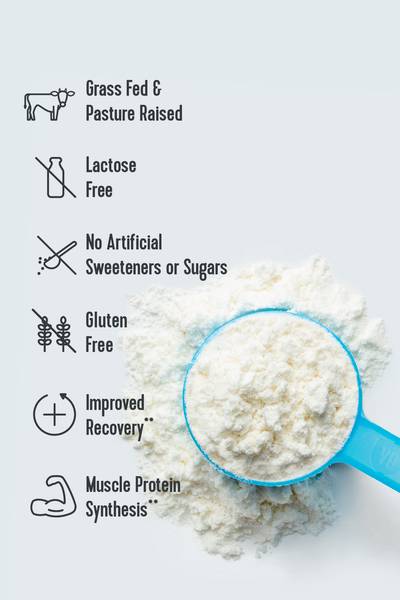Even if weights are your first love, you can still make room for other workouts in your life. Normally, you might go to the gym to hit the weights, but with the COVID-19 pandemic still raging on, people are turning to bodyweight workouts (also known as calisthenics) more than ever before.
Vital Note: This article has been made available for informational and educational purposes only. It is not intended to be a substitute for professional medical advice, diagnosis, or treatment. Always seek the advice of your physician or another qualified health provider with any questions you may have regarding a medical condition. Your licensed healthcare professional can best provide you with the diagnosis and treatment of any medical condition and assist you as well in deciding whether a dietary supplement will be a helpful addition to your regimen.
“A calisthenics workout makes use of bodyweight exercises with minimal equipment,” explains Michael Slowak,ACE certified personal fitness trainer and co-founder of Boxingholic.com. Think push-ups, burpees and squats. It’s a great way to shake-up your routine and solve working out at home.
While replicating what you do with weights at the gym is difficult with just your body weight, the results aren’t hard to match. That’s because you can gain muscle with a bodyweight workout.All it requires is hard work and this information from those who know bodyweight workouts best.
Can you build muscle mass with bodyweight exercises?
Building muscle mass — known in science as hypertrophy — is entirely possible with bodyweight exercises. “Muscle tissue relies on mechanical stress to improve its mass,” explains Bianca Beldini, DPT. “When you apply a load to a skeletal muscle, the muscle fibers grow. A larger muscle diameter will result in more power and strength.”
So if you’re eager to bulk up, give those weights a rest day. By focusing on bodyweight exercises, such as push-ups, pull-ups, burpees and primal movements such as bear crawls or crab walks, Beldini says that you’re putting the body through functional training.
“These exercises can create stress on the musculoskeletal system while taking the joints through their full ranges of motion making these exercises optimal in terms of training the muscles entire length,” Beldini says.

Is bodyweight training effective for weight loss?
If you’re trying to lose some weight, you may have heard that weights and cardio can help. But since bodyweight exercises are free — and can be done anywhere — it’s a good option for those who want to lose weight while still keeping their wallet heavy.
It’s also scientifically proven to work: “Bodyweight training can be very effective for weight loss because it speeds up your metabolism,” says Dasha Einhorn, NASM CPT, Pilates instructor and RYT 200H. She adds that this is especially the case if you focus on these two things: more high intensity full-body moves that recruit many muscles and taking little rest between exercises to build muscular endurance and increase fat burn.
“If your heart rate goes significantly up during these workouts, you’ll burn more calories even after you’ve stopped exercising,” says Einhorn. This is thanks to what’s called EPOC (Excess Post-Exercise Oxygen Consumption), or the “afterburn” effect.
“And the more lean tissue you build thanks to your training, the more fat will be replaced with it, making you burn more calories throughout the day, even when you are not working out.”
With benefits like these, those burpees are looking better and better.
Is it okay to do bodyweight workouts every day?
Looking to go ham on your workouts? In general, the experts say that it’s doable.
“It is generally okay, and safe, to do bodyweight workouts every day in place of doing weighted exercises at the gym,” Slowak tells Lively. “This is because your muscles in the workout carry your natural mass and not the artificial heavy weights.”
There are some exceptions to this, though, namely for beginners. “The average person may want to take several days off to rest or to do something else such as cardio to let specific muscles and tendons rest and recover,” explainsRobert Herbst, weight loss and wellness expert and World Champion powerlifter.
You may be scared of a plateau, but the risk of injury far outweighs that.“If you overtrain, you’re more likely to hurt yourself as you’ll be less focused to nail the proper form,” explains Slowak. Gear back up for your workouts by taking Vital Performance™ RECOVER. The combination of essential amino acids, branched-chain amino acids and collagen help promote athletic longevity and keep you in the game.**

Can you build muscle without weights?
Absolutely. “Anything calisthenics is a type of physical training that allows you to build muscle using only body weight,” explains Slowak. “What makes it good for building muscles is that many different exercises exist in calisthenics that allow you to target different parts of the body to ensure maximal muscle growth.”
The only snag is the creativity you’ll need to put into your workouts since you won’t have the added resistance of weights. According to Beldini, this includeschanges in movement sequences, speed variations and increase in reps with shorter durations of rest.
You’ll also have to work harder to avoid the dreaded plateau: “Eventually you’ll need to provide more tension for the muscles outside your bodyweight and intensity to continue to grow but it might take months before you reach the need for weights,” Einhorn tells Lively.
Bodyweight workout
Ready to take on a bodyweight workout? Try this one by Slowak ideally three times per week. He suggests beginners start with half of the recommended sets, and as you get stronger, then, increase the number by one set bi-weekly until you are able to do the full workout
Leg day:
- Squats: 10 sets of 15 reps
- Lunges: 5 sets of 10 reps
- Burpees: 5 sets of 15 reps
- Squat jumps: 5 sets of 10 reps
Core day:
- Mountain climbers: 3 sets of 10 reps
- Mountain climbers (2 legs): 3 sets of 10 reps
- Superman exercise: 30 seconds of 3 sets
- Plank: 1 minute of 3 sets
- Sit-ups: 3 sets of 25 reps
Upper body day:
- Pushups: 3 sets of 15 reps
- Chest dips: 3 sets of 10 reps
- Pullups: 3 sets of 8 reps
- Clapping pushups: 3 sets of 5 reps















